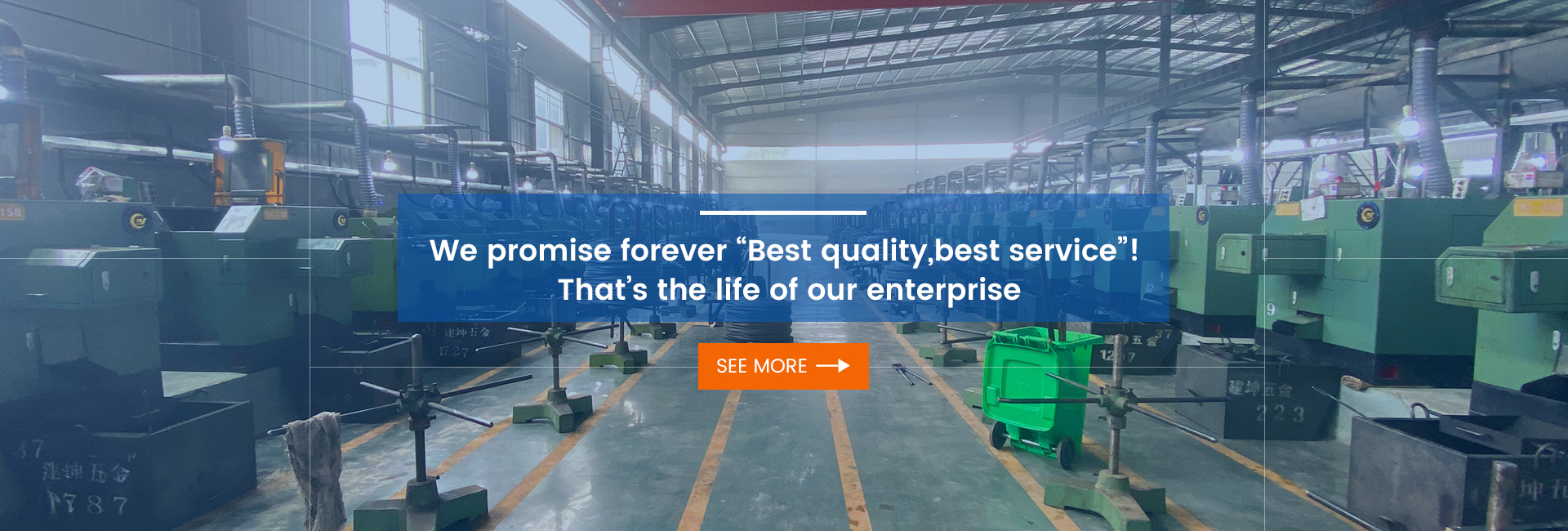Corrugated nails may look tiny and ordinary, but anyone who has worked with them knows their wave design is doing more than meets the eye. That little zig-zag shape isn’t just for looks — it helps the nail clamp wood tightly and evenly, without leaving any gaps. And that’s exactly why woodworkers keep using them for repairs, framing, and reinforcing joints.
When you pick up a corrugated nail, the first thing you notice is the chisel point. It’s sharp, clean, and slightly angled so it slides into wood without tearing it apart. Once it goes in, those waves start doing their job. The alternating ridges grip the fibers from both sides, pulling the two pieces of wood together almost like a tiny clamp. No glue, no complicated hardware — just steel shaped the right way.
In the factory, this “simple” design actually takes a lot of attention to get right. The wave height needs to be consistent from one end to the other. Too shallow and the nail won’t bite; too deep and it might twist or crack the wood. Our operators adjust the rollers all the time — sometimes just by half a turn — to keep the shape accurate. It’s the kind of work where you rely on experience as much as instruments. You can hear when the machine sounds a bit off or feel when the waves aren’t forming evenly.
Once the chisel point is formed, we check it again. If the point isn’t clean or sharp enough, the nail won’t enter smoothly, and that affects how well the waves engage. Woodworkers may not see that detail, but they feel it when they’re using the tool — whether the nail drives straight, whether it holds tight, whether the wood stays together.
What makes corrugated nails special is that they prove something important: good engineering doesn’t have to be complicated. A simple wave, formed precisely, can fix cracked timber, strengthen loose furniture joints, and extend the life of wooden structures that might otherwise end up discarded.
Every time we see these little nails come off the production line — waves perfectly aligned, points sharp — it reminds us that even the most unassuming fasteners play a big role. They may not be flashy, but they’re reliable, and they work. And sometimes, that’s all that’s needed to bring a piece of wood back to life.
Post time: Nov-25-2025



